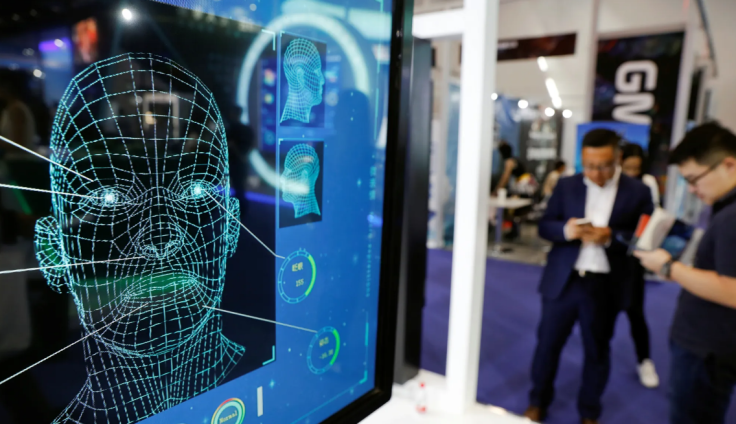
SEATTLE - The U.S. Department of Homeland Security is planning on using facial recognition technology to collect and analyze photos of the faces of migrant children at the border in an attempt to improve the technology.
According to a report from the MIT Technology Review, the agency has not yet started collecting data under the proposed program, but John Boyd, assistant director of the department's Office of Biometric Identity Management (OBIM), said it remains unclear to what extent the plan has already been implemented. Due to his role and despite multiple requests for information, Boyd could only confirm that his office is funding the project.
Boyd previously helped advance the Department of Defense's biometric systems in Iraq and Afghanistan, where he acknowledged that individuals lacked the privacy protections that would have been granted in many other contexts, despite the incredibly high stakes.
Facial recognition technology (FRT) has not been applied to children as data sets of real children's faces are few and far between, and consist of either low-quality images drawn from the internet or small sample sizes with little to no diversity. Such limitations reflect the significant sensitivities regarding privacy and consent when it comes to minors.
According to Syracuse University's Transactional Records Access Clearinghouse (TRAC), more than 339,000 children have arrived at the U.S.-Mexico border in 2022 alone, the last year for which data is currently available. Out of total, 150,000 children were unaccompanied, making it the highest annual number on record.
Data from the Office of Refugee Resettlement found that during Fiscal Year 2023, 65% of the unaccompanied children that were encountered at the border were under the age of 17, with 19% of the total being children from the ages of 0 and 12. The top three countries of origin with the highest percentage of children in FY2023 were from Guatemala, followed by Honduras and El Salvador.
Beyond concerns about privacy, transparency, and accountability, some experts also worry about testing and developing new technologies using data from a population that has little recourse to provide or withhold consent.
Boyd said that the plan to collect facial images from children under the age of 14 is possible due to recent "rulemaking at some DHS components" that have removed age restrictions on the collection of biometric data. He spoke about the project publicly in June at the Federal Identity Forum and Exposition, an annual identity management conference for federal employees and contractors.
The Office of Biometric Identity Management, was created after 9/11 with the aim of collecting only fingerprints and photographs from all non-US citizens seeking to enter the country.
But since then, DHS has started collecting face prints, iris and retina scans, and even DNA. The agency has also introduced new ways of gathering this data, including contactless fingerprint collection which is currently used at five sites on the border, according to Boyd's comments at the June conference.
According to findings from Georgetown Law School's Center of Privacy and Technology, U.S. Customs and Border Protection has added 1.5 million DNA profiles since January 2020 to law enforcement databases, primarily from migrants crossing the border.
"It's not an accident" that this testing happens in the context of border zones, said Petra Molnar, author of The Walls Have Eyes: Surviving Migration in the Age of AI. She added that borders are "the perfect laboratory for tech experimentation," as the lack of oversight allows the government to experiment in ways that "would not be allowed to in other spaces."
© 2025 Latin Times. All rights reserved. Do not reproduce without permission.





